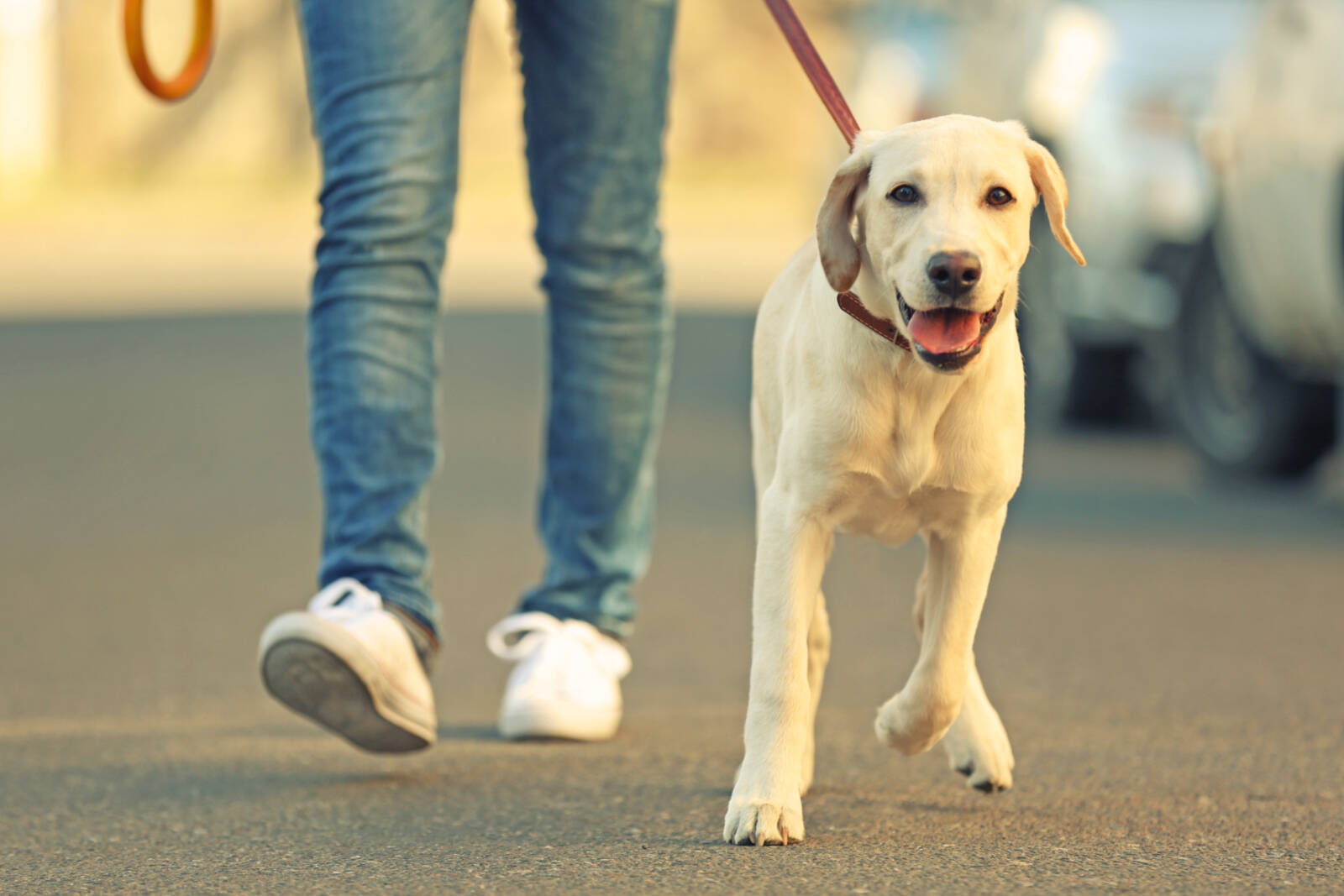Bondi, an eight-month-old toy poodle, had just returned from a walk when he began stumbling. His head wobbled and soon he could barely stand, so his owner, Colleen Briggs, rushed him to the vet.
The good doctor quickly made a diagnosis: Bondi was stoned.
On his walk, a sniff must have led Bondi to a discarded joint, which he ate.
“He was just doing his usual – exploring everything, sniffing everything,” said Briggs, who began to notice the pot shops sprouting up around New York City, the frequent whiffs of marijuana while circling her Manhattan neighborhood and the unfinished joints now littering sidewalks.
READ MORE: Dog illness from ingesting cannabis ‘more and more common’, Harrison Hot Springs vet says
In places like New York City, where users can smoke in the open, more dogs are coming across – and eating – discarded joints and edibles, prompting alarm among veterinarians and pet owners who blame the steep rise in poisonings on smokers oblivious to the harm they can do by littering.
Cannabis poisonings, which are almost never fatal, were once rare among pets, even when medical dispensaries started opening, according to New York City veterinarian Dr. Amy Attas. Until recently, many occurred at home, when pets got into their owners’ stashes.
“The reason we’re seeing so many cases is that people are using marijuana on the street and then discarding the unwanted ends of their joints,” Attas said. “And that’s a real problem because dogs will eat those.”
READ MORE: B.C. couple concerned about pooches consuming pot after dog’s scary situation
In the first three months of the year, she had already seen six cases – about the same number she’s treated over the past three decades. Multiply that by the number of vets working in New York City, she said, and the result underscores the widening problem.
The American Society for the Prevention of Cruelty to Animals said cases are rising nationwide. Last year, there was an 11 per cent increase from the roughly 6,200 cases reported in 2021, and over the past five years, there has been a 300 per cent increase.
“To me, it is unbelievable how prevalent this now is,” Attas said.
In many cases, owners are unaware their dogs have eaten a leftover joint until they begin showing signs of toxicity. Even then, owners might not understand what is ailing their pets.
Sue Scott was in a panic when her nine-month-old fawn pug, Circe, collapsed after a recent walk. Circe’s paws splayed out on the floor, her head shook to-and-fro and she drooled.
“A million things were running through my head,” Scott said. Marijuana poisoning was not among them. “I would never had thought that.”
A video call to Dr. Attas, confirmed Circe was showing all the signs of being high. Scott now keeps Circe on a shorter leash, mindful of where she pokes her nose.
Although dogs rarely die from marijuana poisoning, treatment can be expensive, sometimes requiring a trip to the animal emergency room, a stomach pump and intravenous fluids.
The stress on the patient and its owner is also enormous.
Bondi has been poisoned twice, the first time last fall, Briggs said.
Even as Briggs grew more vigilant when walking her pup, she acknowledged that she must have gotten distracted when Bondi became sick a second time. That time, she let Bondi ride out his high.
“Walking him … it’s just a really intense situation. So I’m always looking on the ground, and it’s just everywhere now,” she said. “One time, I caught him and grabbed it out of his mouth.”
– Bobby Caina Calvan, The Associated Press
To get the week’s latest must-read stories from the cannabis world direct to your inbox, sign up for our weekly newsletter at canadianevergreen.com. You can also follow us on Facebook, Instagram and Twitter.

